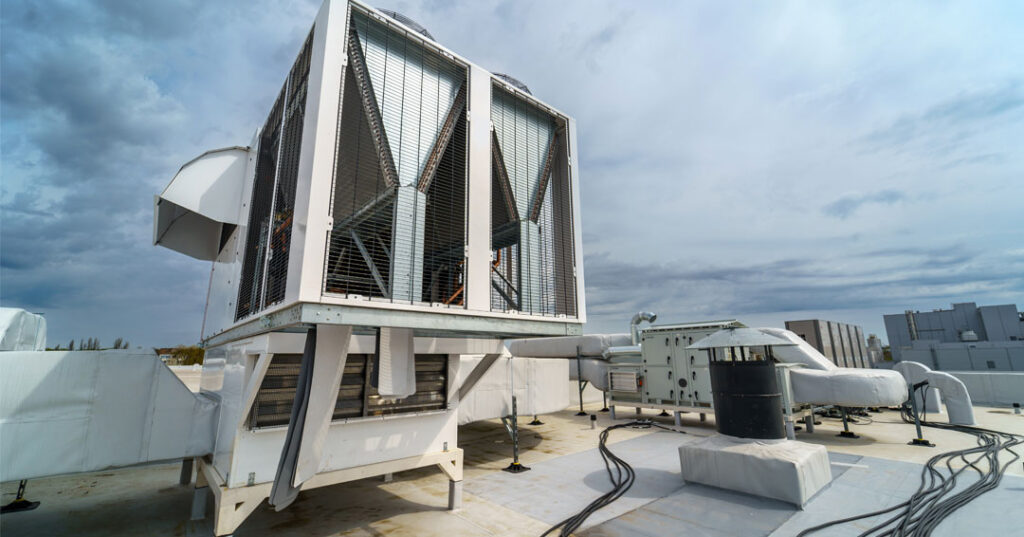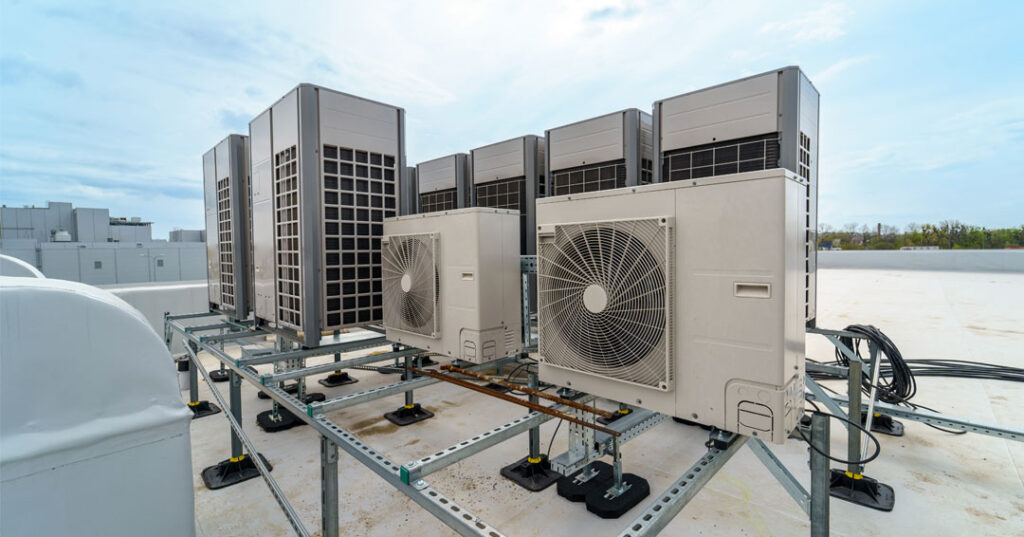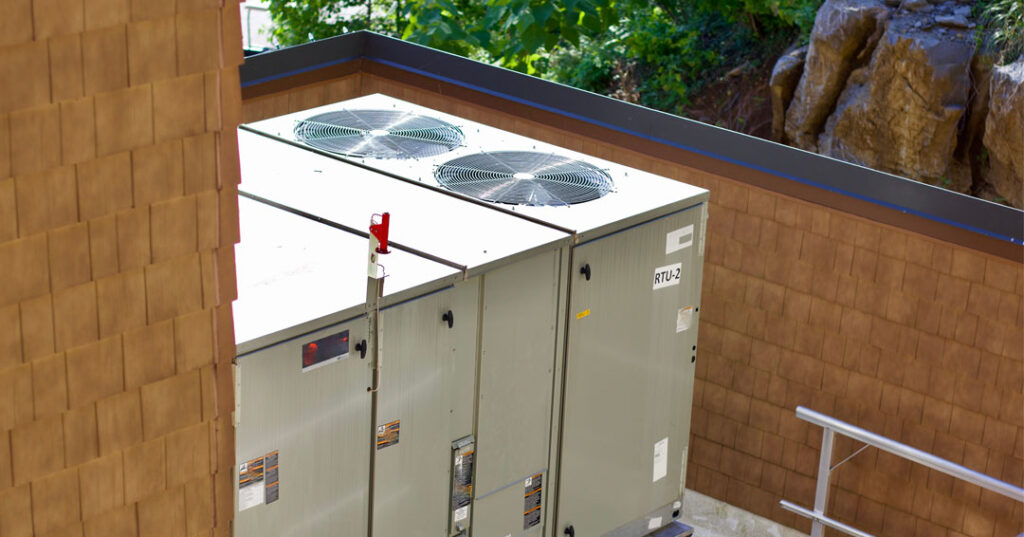
Choosing the right HVAC system for your business is crucial to maintaining a comfortable and energy-efficient workspace. A well-designed HVAC system improves air quality, enhances employee productivity, and ensures customers have a pleasant experience. However, with so many options available, it can be challenging to determine which system best meets your business needs. This guide will help you navigate the key factors to consider when selecting an HVAC system for your commercial space.
1. Assess Your Business Needs
Before choosing an HVAC system, consider your specific business requirements. Factors such as building size, number of employees, and type of operations will influence your choice. For example:
- Retail stores require consistent temperature control to ensure customer comfort.
- Offices need a system that maintains good air quality and prevents temperature fluctuations.
- Restaurants need ventilation and exhaust systems to manage kitchen heat and odors.
- Warehouses and industrial facilities require high-capacity systems that regulate large spaces efficiently.
2. Understand the Types of Commercial HVAC Systems
There are several types of HVAC systems available, each with its advantages and drawbacks:
Rooftop Units (RTUs)
- Ideal for medium to large commercial buildings
- Installed on the roof to save indoor space
- Centralized control for easy management

Split Systems
- Common in small to medium-sized businesses
- Consists of indoor and outdoor units
- Efficient for localized heating and cooling needs

Variable Refrigerant Flow (VRF) Systems
- Suitable for large buildings with varying temperature needs
- Provides precise temperature control for different zones
- Energy-efficient and scalable

Packaged HVAC Systems
- Includes all components in a single unit
- Best for businesses with limited space
- Simple installation and maintenance

3. Consider Energy Efficiency
Investing in an energy-efficient HVAC system can significantly reduce operating costs. Look for systems with:
- Energy Star certification – Indicates high energy efficiency standards.
- SEER (Seasonal Energy Efficiency Ratio) rating – Higher SEER ratings mean better efficiency.
- Variable speed technology – Adjusts cooling and heating output based on demand.
- Smart thermostats – Enable remote control and optimize energy use.

4. Evaluate the Total Cost of Ownership
While upfront costs are important, consider the total cost of ownership, including:
- Installation expenses – More complex systems may have higher installation costs.
- Maintenance and repair costs – Regular maintenance extends system lifespan and prevents costly breakdowns.
- Energy consumption – A highly efficient system may have a higher initial cost but save money in the long run.
5. Ensure Proper Sizing and Load Calculation
A system that is too large will cycle on and off frequently, wasting energy, while an undersized system will struggle to maintain the desired temperature. An HVAC professional can perform a load calculation to determine the correct system size based on:
- Square footage of the building
- Number of occupants
- Heat-generating equipment
- Insulation and ventilation levels
6. Choose a Reliable HVAC Provider
Selecting the right HVAC contractor is as important as choosing the system itself. Look for:
- Experience and expertise in commercial HVAC installations.
- Certifications and licenses to ensure compliance with local regulations.
- Customer reviews and testimonials to gauge reliability and service quality.
- Maintenance and service contracts for ongoing support and system upkeep.

7. Plan for Future Scalability
As your business grows, your HVAC system should be able to accommodate changes. Consider systems that allow for easy upgrades and expansion without requiring a complete replacement.
Conclusion
Choosing the right HVAC system for your business involves evaluating your specific needs, understanding different system types, considering energy efficiency, and ensuring proper installation and maintenance. By investing in the right HVAC system, you can create a comfortable, cost-effective, and efficient environment for your employees and customers.